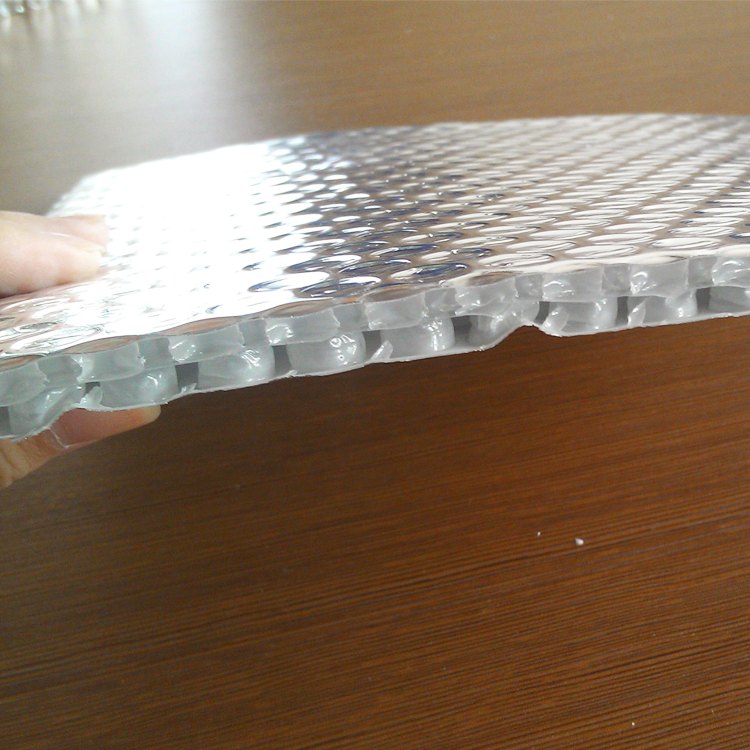
In the construction industry, choosing the right insulation material is crucial for achieving energy efficiency and maintaining a comfortable indoor environment. Two commonly used insulation panels are PIR (Polyisocyanurate) and EPS (Expanded Polystyrene). While both offer insulation properties, they differ significantly in terms of composition, performance, and applications. In this article, we will delve into the key differences between PIR and EPS panels, providing you with valuable insights to make an informed decision for your insulation needs.
- Composition:
PIR Panels:
Polyisocyanurate (PIR) panels are composed of a rigid foam insulation material that contains a cellular structure. This structure is formed by combining polyol and isocyanate, resulting in a closed-cell foam with excellent thermal insulation properties. PIR panels are known for their high compressive strength and low thermal conductivity, making them ideal for applications that require superior insulation performance.
EPS Panels:
Expanded Polystyrene (EPS) panels, on the other hand, are made from expanded polystyrene beads. These beads are expanded using steam, creating a lightweight and rigid foam material. EPS panels have an open-cell structure, which provides good thermal insulation but with lower compressive strength compared to PIR panels. EPS panels are commonly used in applications where cost-effectiveness and moderate insulation performance are desired.
- Thermal Performance:
PIR Panels:
Due to their closed-cell structure, PIR panels offer superior thermal performance compared to EPS panels. The closed-cell structure minimizes heat transfer through convection and conduction, resulting in a lower thermal conductivity value. This means that PIR panels can provide higher levels of insulation, reducing heat loss or gain in buildings and improving energy efficiency.
EPS Panels:
While EPS panels also offer thermal insulation, their open-cell structure allows for some heat transfer through convection. This results in a slightly higher thermal conductivity compared to PIR panels. However, EPS panels still provide effective insulation and are suitable for applications where moderate insulation performance is required.
- Fire Performance:
PIR Panels:
One significant advantage of PIR panels is their excellent fire performance. PIR panels have a high fire resistance rating due to their composition and chemical properties. They are self-extinguishing, meaning they will not contribute to the spread of flames in case of a fire. This makes PIR panels a preferred choice in applications where fire safety is a top priority.
EPS Panels:
EPS panels have a lower fire resistance compared to PIR panels. While they are combustible, EPS panels are treated with flame retardants to improve their fire performance. However, in the event of a fire, EPS panels may contribute to the spread of flames. Therefore, additional fire safety measures may be required when using EPS panels in certain applications.
- Applications:
PIR Panels:
Due to their superior thermal performance and fire resistance, PIR panels are commonly used in applications that require high levels of insulation and fire safety. These include commercial buildings, cold storage facilities, and industrial structures. PIR panels are also suitable for roof insulation, wall insulation, and floor insulation.
EPS Panels:
EPS panels are widely used in various applications, including residential buildings, warehouses, and agricultural structures. They are cost-effective and provide sufficient insulation for most standard construction projects. EPS panels are commonly used for roof insulation, wall insulation, and underfloor insulation.
Conclusion:
In summary, PIR and EPS panels are both effective insulation materials, but they differ in composition, thermal performance, fire resistance, and applications. PIR panels offer superior thermal performance and fire resistance, making them suitable for applications that require high insulation levels and fire safety. On the other hand, EPS panels are cost-effective and provide moderate insulation performance, making them suitable for standard construction projects. By understanding the differences between PIR and EPS panels, you can make an informed decision based on your specific insulation needs and project requirements.





